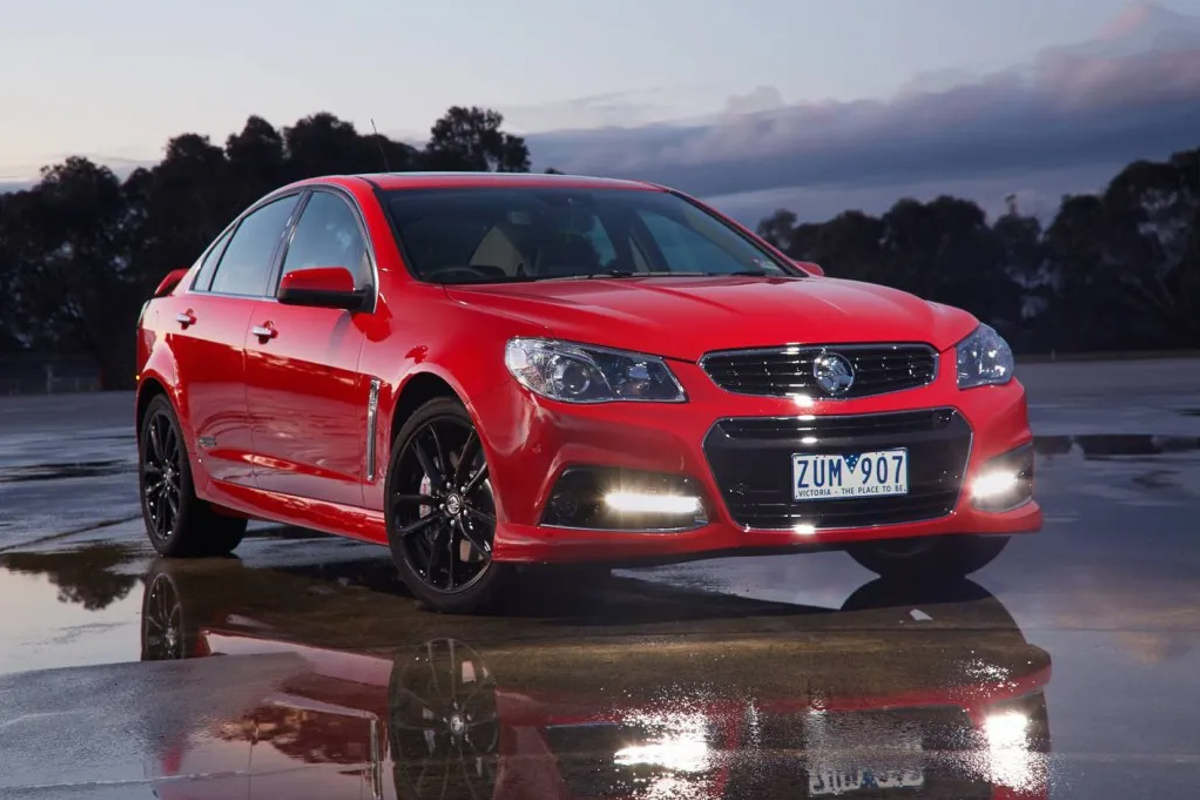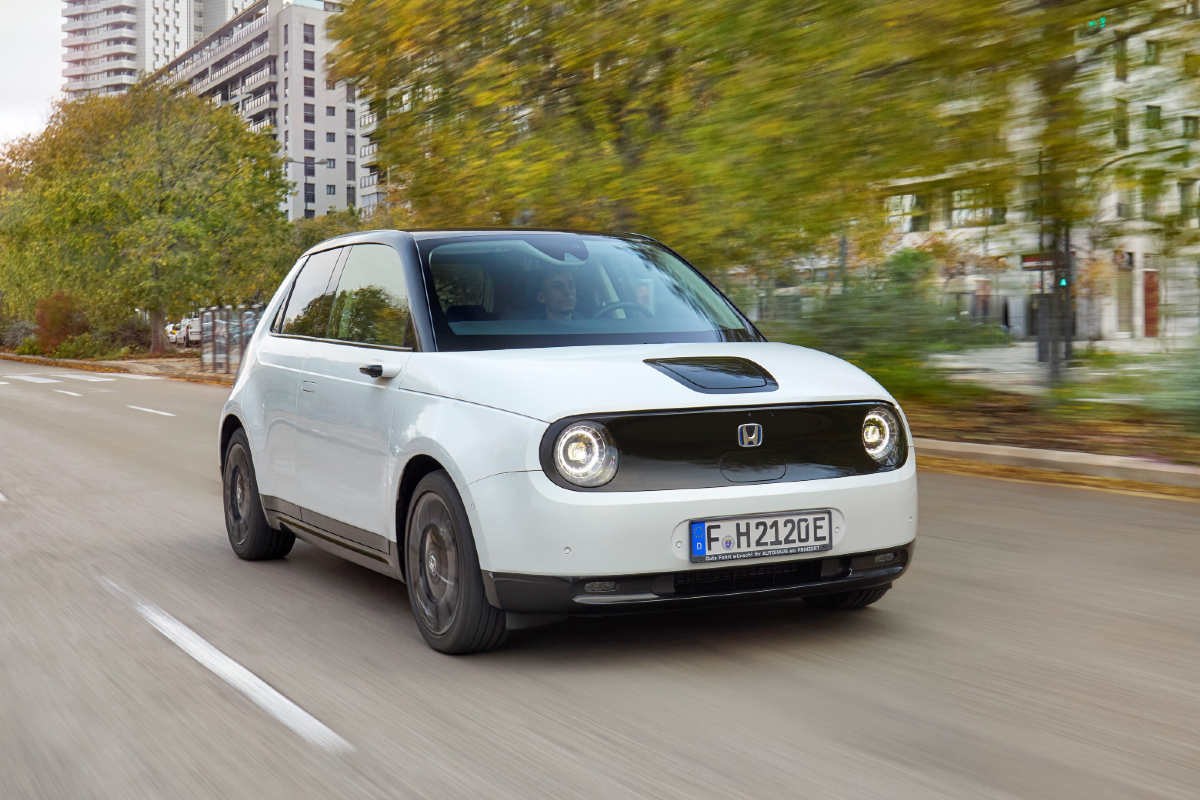
Australian Design Rules and Luxury Car Tax are reducing choice for consumers.
Since 1989 the Federal Government has enforced a set of Australian standards to which all new or used cars, built since 1989 and being registered in this country for the first time, must adhere. These are commonly referred to as ADRs. Rather like Luxury Car Tax, these ADRs have been used as a protectionist measure to assist a local car manufacturing base that no longer exists. Civil servants would probably deny this, but that’s the view of many.
Now, when we did have a local industry, there was probably some support for this approach in the community. However, like LCT, the continuing enforcement of current ADRs is a restrictive practice that reduces choice for consumers.
Let me explain.
Excluding China, there are three major sets of vehicle regulations in the world. Those are the ones governing the registration of vehicles in the USA, in Europe and in Japan. Despite the existence of a 1958 United Nations Agreement to harmonise vehicle regulations around the world (to which Australia is a signatory), there are considerable differences between the rules in each of these three jurisdictions.
Any new vehicle importer in Australia can draw on the documentation created by their respective parent company for use in other markets to assist them with getting local ADR certification here. It’s basically a paperwork exercise that keeps some people in Canberra busy.
However, if you or I want to bring into the country a car (new or used) it’s a whole lot more complicated. Different, and somewhat less onerous, rules apply to vehicles that are over 25 years old, although there are still too many unnecessary and overly bureaucratic hurdles even for them, especially given the very low impact of a few old cars reaching the market here.

For a car that’s less than 25 years old it’s pretty much impossible. It can be done for models that weren’t, or aren’t, on sale in Australia but it’s time consuming and expensive to the extent that the majority of folk are easily dissuaded from attempting to navigate the system.
I’m not advocating the possibility of anyone and everyone importing anything into Australia without any regulatory control. What I am saying is that an independent entity or person should be able to import a, let’s say 10 year old, car into the country by providing proof of adherence to the relevant regulations (enforced at the time that car was new in the place of origin) in the European Union. After all, that’s effectively what an official new vehicle importer is doing every day.
I have set aside the USA as the market is obviously a left-hand drive (LHD) one and therefore is an unlikely source, and Japan does have some weaknesses in its regulatory framework especially on older vehicles. European markets that are right-hand drive (RHD) are the UK, Ireland, Malta and Cyprus. Almost every car registered in one of those jurisdictions since 1996 has had a Europe-wide Certificate of Conformity (CoC) issued with it at the time of build (or importation into the EU).
There are a handful of exceptions where local very low volume approvals have been used for initial registration. Every one of these cars with a CoC will carry the proof of that on a chassis plate. Therefore, I believe that it would be very straight forward for the Australian Government to allow anyone to import and register any RHD vehicle that carries EU approval. Vehicles sold there are at least as clean and safe as those sold here. Typically, the EU sets the standards that other countries follow.
In the case of a UK-sourced vehicle, the speedometer may have to be converted from MPH to KPH, but for some years now many cars have had electronic instruments where the conversion is a simple matter of changing a setting, as I’ve done myself when driving from the UK to France on holiday on occasion.
Now, before everyone thinks that there will suddenly be a huge influx of cheap secondhand cars into the country (a la New Zealand), it simply won’t happen. That’s because the vast majority of used vehicles imported into NZ originate from the Japanese market. Given the shipping costs from Europe, very cheap cars basically won’t be worth the shipping costs from there as shipping costs don’t differentiate as to vehicle value, apart from insurance which is minimal.
But what a change to the rules that allowed the importation of any vehicle, regardless of age, with proof of EU conformity would do, is to make it much less onerous and much less expensive to import car models that aren’t available at all in Australia or, were/are only sold here in small numbers.
For instance, it’s possible to import a Honda E into Australia in theory as Honda Australia don’t offer it. But it’s not viable in practice for most people. However, if all that was needed was the EU Certificate of Conformity chassis plate, then it would be very simple for any person to bring one in.

Recently, Mercedes announced that they would no longer bring the E-Class wagon into the country. Why shouldn’t a punter buy one in Europe and bring it here themselves? Or why shouldn’t an enthusiast be freely able to buy a 15-year-old Porsche Boxster in Europe and import it if it conformed to EU regulations? There are many more available there than here.
It’s also worth making the point that, in the case of some states, including Queensland, any used car only has to have a Roadworthy test when it’s sold. So, a local car could be driven forever (if ownership doesn’t change) without defects ever being picked up, whilst a well maintained, EU compliant, 10-year-old car is denied importation. Crazy. Bear in mind that every EU nation has a Roadworthy regime that’s based on vehicle age, not ownership change.
These ADRs have the effect of restricting choice and supporting local vested interests to an extent which is no longer needed in the absence of an Australian manufacturing base. The consumer is the loser.
Moreover, the continued levying of LCT on cars over $72k is a total rort, given that monies raised were intended to support a local car industry, at the expense of consumers. The choices for Australian drivers are already reduced in comparison with their counterparts in other G20 nations purely through the tyranny of distance and the logistical costs associated with that. LCT reduces the choices for buyers even further by putting many models out of reach financially.
LCT revenue represents about 0.15% of total taxation raised each year here. Find another way to collect that money or, better still, remove much of the bureaucracy around the importation of cars and save the money instead.












Discussion about this post